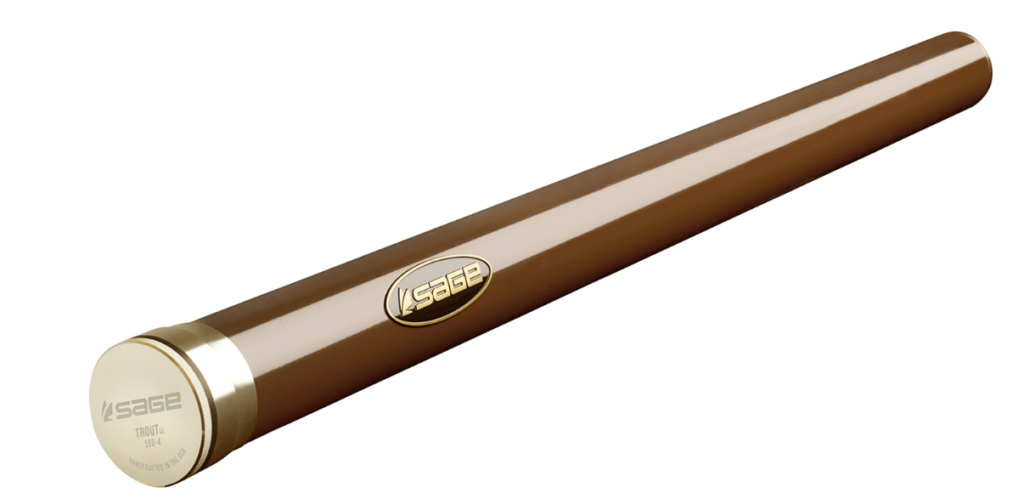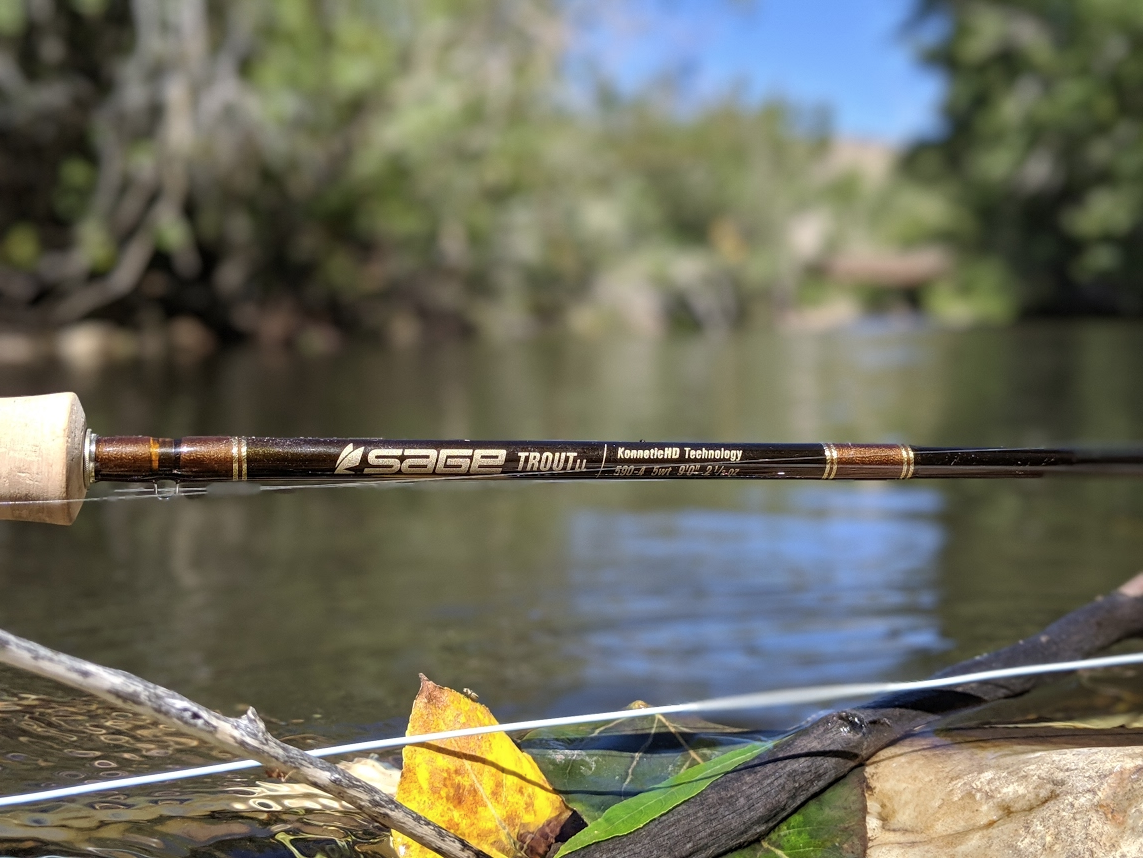When you find a fly rod that’s essentially made for the kind of fly fishing you like to do—and makes that fishing markedly better—you hang onto it.
That’s why I’ll likely never part with the new Sage Trout LL rod.
I’m a walk-and-wade stream-fishing junkie. I like the intimate feel of water running around my knees and upstream runs where dry-fly placement is just as important as casting distance, and where good drifts are just as important as the fly pattern at the end of the light tippet.
It’s precision fly-fishing where stealth meets solid casting … where circumstances dictate methods. It’s fishing that forces an angler to adapt and perform at his or her best. And Sage’s newest offering might be the ideal tool for the trout angler who loves the challenges that come with smaller water, intimate surroundings and spooky trout.
The Trout LL (light line) is something of a Sage “throw-back” to previous Sage rods that weren’t quite as fast as the high-demand “rocket launchers” of today (think Sage of the 1980s and 90s). The rod’s medium action is ideal for more delicate, more accurate short- to medium-distance casts, and it lends itself to roll casts and tight-quarter fishing where creativity is a must.

The rod gets is slower action from its supple tip—it’s not a true “slow” rod or even a medium-action rod, at least not by today’s definitions. It has plenty of backbone, but the unique taper and more flexible tip section make delicate presentations much easier to accomplish, especially with the lightest of tippets. It’s that supple tip that slows the action down at the end of a cast and makes those vital presentations easier to accomplish.
I fished the 9-foot, 5-weight LL on Idaho’s Little Lost River, a small stream that tumbles out of the Lemhi Mountains just south of Salmon and then runs across arid steppe country before soaking into the desert somewhere near the little village of Howe. Higher up in the drainage, the “river” is ideal for light rods, bushwhacking and boulder-hopping. But, as the river picks up a number of small springs and seeps, and heads out onto the desert, it’s a significant trout stream, and it’s home to a lively population of rainbow trout, a few tight-lipped bull trout and the occasional respectable brook trout.
It was ideal for 9-foot 5-weight, where I need a bit of backbone to pull off solid roll casts up to 30 feet (the river is shaded all along its course by willows, cottonwoods and pesky, thorny wild roses, so backcasts were impossible in many cases). Couple the heft of the larger rod with the supple tip, and I found that I could drop a small hopper on a dime.
Perhaps more importantly, when I’d miss a fish and was fairly confident that I hadn’t stung it with my barbless fly, I could lift the line and recast immediately, with no need for a backcast. This is when I think I became most fond of the implement—I spent more time fishing and less time working for the right casting location to ensure I’d get a decent backcast. The Trout LL’s more flexible tip, coupled with it’s stiffer butt and mid-sections combined to make my casts smoother and more accurate.
I worked less, and I fished more. That, alone, puts the Trout LL in rarified air among trout rods.
I didn’t necessarily fish the Trout LL in its prescribed habitat—water that requires light tippets (I used a 4x for the feisty rainbows in the Little Lost) and tiny, delicate flies (but my hoppers were on the small side—size 12). But, in the coming weeks as the Blue-winged olives start to hatch on cooler, cloudy days on South Fork side channels, I can certainly see where casting a size 20 or even 22 fly would be perfectly doable for this rod.
And, if I can find some time, the Trout LL would be the perfect tool to put to work on Silver Creek, or on the fabled springers of Paradise Valley.
I’ve fished a lot of Sage rods over the years, and I’ve enjoyed many of them. But the Trout LL, probably because it helps me be a better angler in my preferred angling situations, will be my first choice when I reach for the ideal trout rod.



